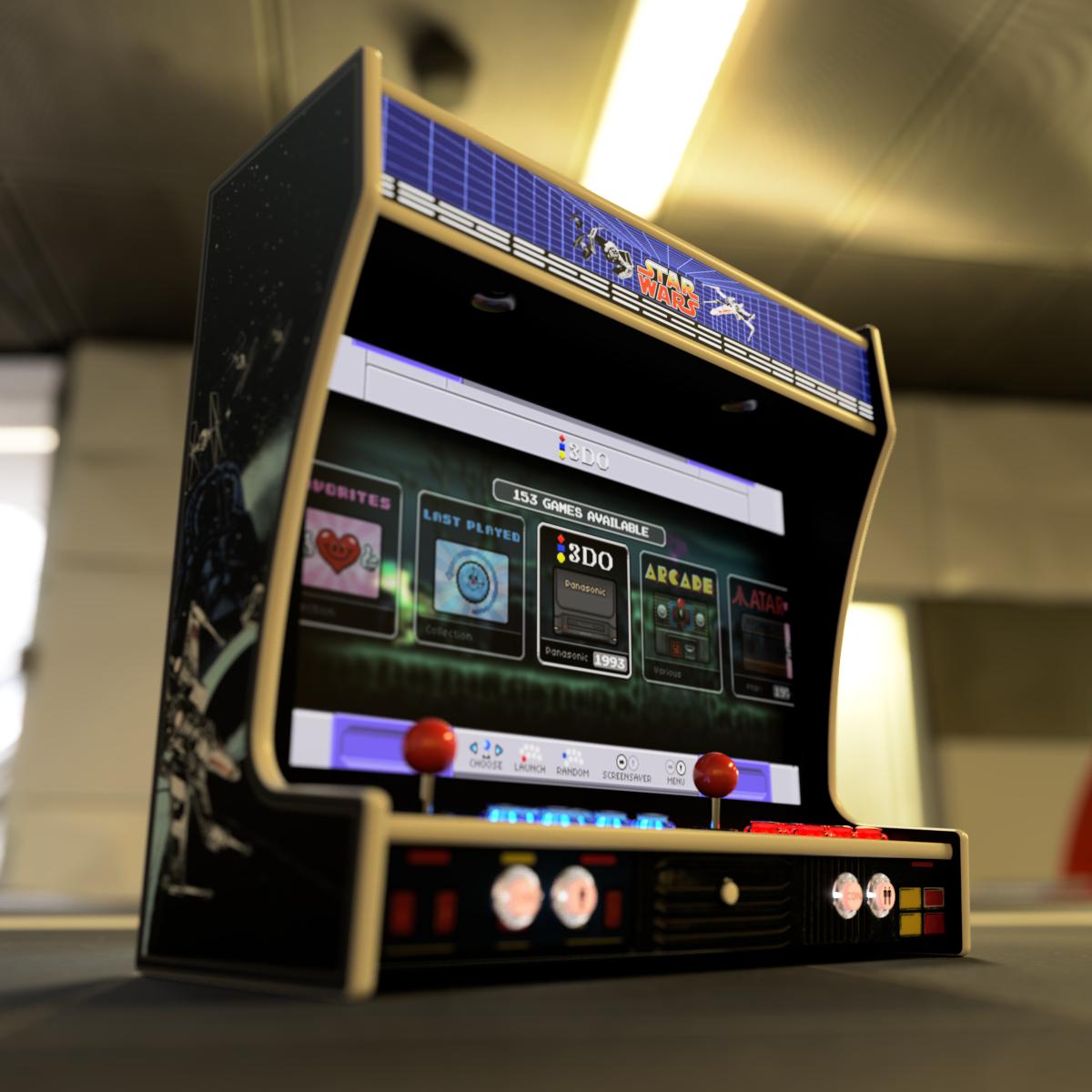Why Simple Arcades Uses CRT-Style Shaders — Bringing Retro Games Back to Life the Way You Remember Them
- Simple Arcades Tech

- 4 days ago
- 3 min read
Updated: 2 days ago
If you’ve ever played an old game on a modern screen and thought, something feels off, you’re not imagining it. The crisp, pixel-perfect images that today’s displays produce are actually too clean — they strip away the glow, softness, and subtle blur that gave classic games their charm.
That’s why at Simple Arcades, we add carefully tuned CRT shaders to our arcade systems. It’s not a gimmick; it’s how we bring retro games back to life the way they were meant to be seen.
The Nostalgia Problem: Too Clean to Feel Right
Back in the day, every game you played — whether it was Super Mario Bros., Galaga, or Sonic the Hedgehog — was designed for one type of screen: the CRT television. Those big, curved glass tubes didn’t show perfect pixels. They blended colors, added faint scanlines, and produced a soft phosphor glow that made the graphics look warm and alive.
Modern HD panels don’t do that. They display razor-sharp blocks of color, revealing edges that were never meant to be seen. It’s like watching a movie with all the special effects exposed — technically clear, but emotionally flat.
How CRTs Gave Retro Games Their Magic
CRT screens weren’t perfect — but their imperfections became part of the art.
Scanlines blended rough edges into smoother gradients.
Phosphor glow made colors feel rich and vibrant.
Slight curvature pulled you into the image instead of pushing it flat.
Game designers in the ’80s and ’90s knew exactly how those screens behaved. They created pixel art that relied on the CRT’s natural blending. That’s why when you play those same games on a modern monitor, they don’t quite look how you remember — you’re seeing the raw code, not the intended experience.
What CRT Shaders Do
A CRT shader is a digital filter that recreates those classic display traits — the scanlines, glow, curvature, and softness that define the retro look.
It doesn’t “downgrade” the image; it completes it. A shader takes that sterile HD signal and gives it life again — so instead of sterile pixels, you get a screen that feels like it’s humming with light.
In short, shaders make modern screens look like the ones that shaped your childhood.
Why Simple Arcades Adds CRT Shaders
We include hand-tuned shaders that recreate the look of every classic system. With arcade titles, we've created gentle scanlines and phosphor glow for that authentic cabinet feel. With home consoles such as the NES & SNES for example, we've added subtle color bleed and brightness falloff, just like the living-room TVs of the era. And for handhelds such as the Game Boy, which was a pioneer in early LCD technology, we've added light ghosting that mimics the old handheld LCD’s motion blur.
Each shader is optimized to match the hardware it represents — no lag, no gimmicks, just authenticity. Our goal isn’t to make old games look new; it’s to make them look right.
The Bottom Line
We use CRT shaders because the display matters as much as the controls or sound. If you’re reliving the golden age of gaming, it deserves to look and feel exactly like it did — soft edges, scanlines, and all.
At Simple Arcades, we’re not chasing new graphics. We’re chasing the memories that made you fall in love with games in the first place.



Comments